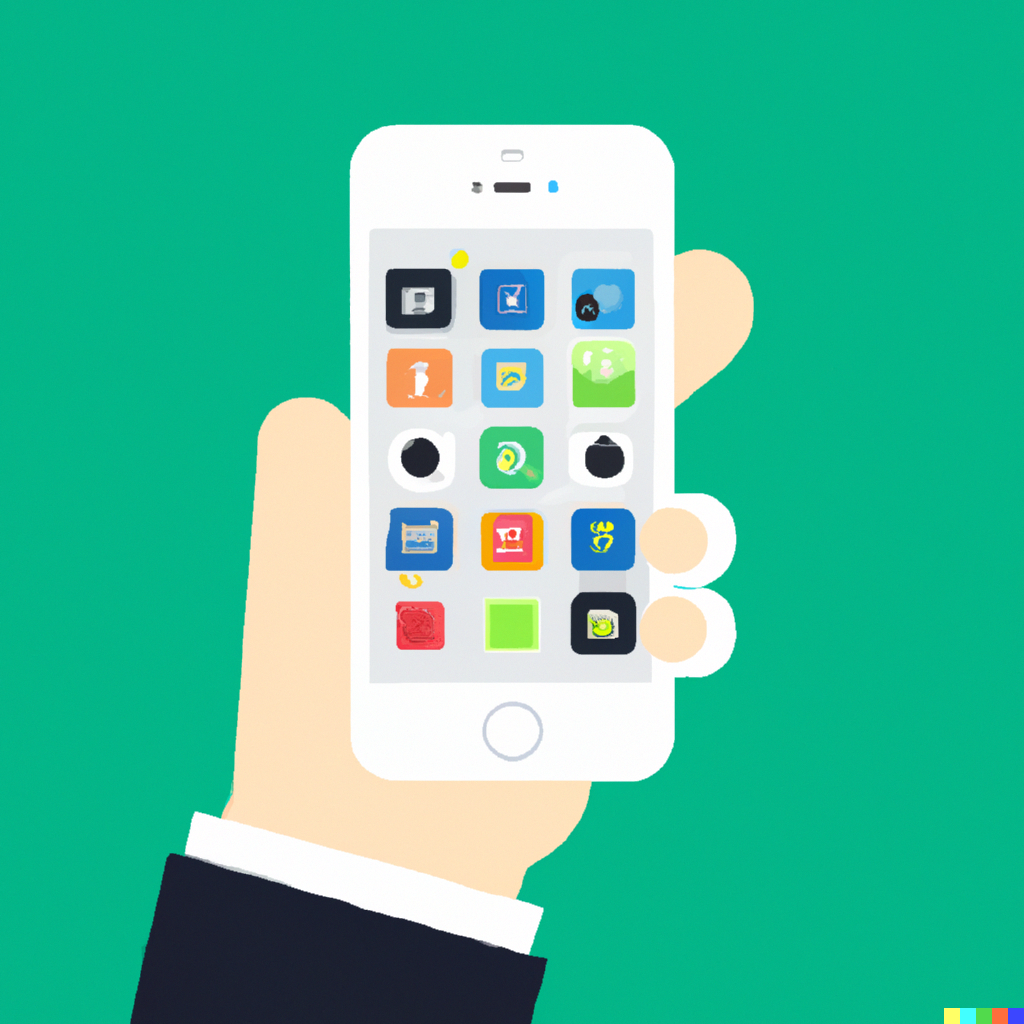July 09 | Mobile Apps

In a world where smartphones are ubiquitous, mobile apps have become an essential part of our daily lives. Whether you're booking a cab, ordering food, managing finances, or staying connected with loved ones, there’s an app for nearly everything. With over 7 million apps available across major app stores, mobile applications are no longer just an extension of services—they are the service.
This article dives deep into the world of mobile apps—what they are, their evolution, impact, types, and the future trends that are shaping the mobile-first economy.
A mobile app (short for mobile application) is a type of software designed specifically to run on mobile devices such as smartphones and tablets. These apps can be pre-installed on the device or downloaded from an app store like Google Play Store, Apple App Store, or Huawei AppGallery.
Mobile apps provide users with tailored functionality, often offering a more efficient and immersive experience than their web-based counterparts.
The mobile app industry has evolved at a rapid pace. Here's a quick timeline:
Understanding the different categories of mobile apps can help businesses choose the right development approach:
Mobile apps have democratized access to services across rural and urban areas alike. From e-learning platforms to telemedicine, they bridge gaps in infrastructure and availability.
Apps are a powerful tool for customer engagement, retention, and monetization. Brands leverage mobile apps to offer loyalty programs, push notifications, and seamless user experiences.
With integrated AI and analytics, apps offer hyper-personalized experiences—from tailored content feeds to predictive product recommendations.
From augmented reality shopping experiences to voice-activated assistants, mobile apps drive technological innovation across industries.
To stand out in a crowded market, successful mobile apps should include:
Apps are becoming smarter, with AI enabling predictive behavior, automated workflows, and better personalization.
Faster speeds and lower latency will empower AR/VR, HD streaming, and real-time gaming experiences.
Mobile apps are increasingly becoming the control hubs for smart homes, wearables, and connected cars.
From furniture shopping to medical training, immersive technologies are reshaping app experiences.
Popular in Asia, super apps combine multiple services (messaging, shopping, payments) into one platform. Examples include WeChat and Grab.
The mobile app ecosystem is vast, dynamic, and ever-evolving. Whether you’re a business owner, developer, or tech enthusiast, staying on top of trends and user behavior is key to leveraging the full potential of mobile applications.
In the end, successful apps solve real problems, provide seamless user experiences, and continuously adapt to the changing technological landscape.
SHARE THIS:
© Copyright 2025Global Tech AwardsAll Rights Reserved